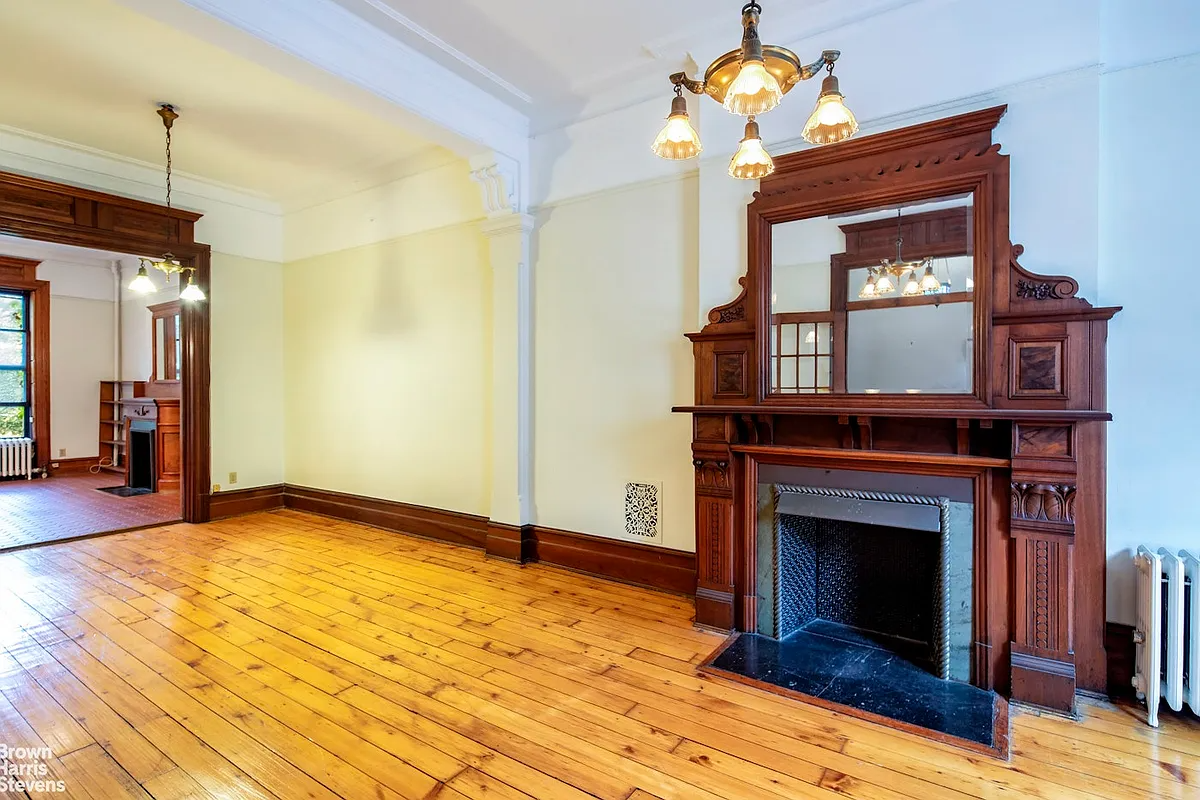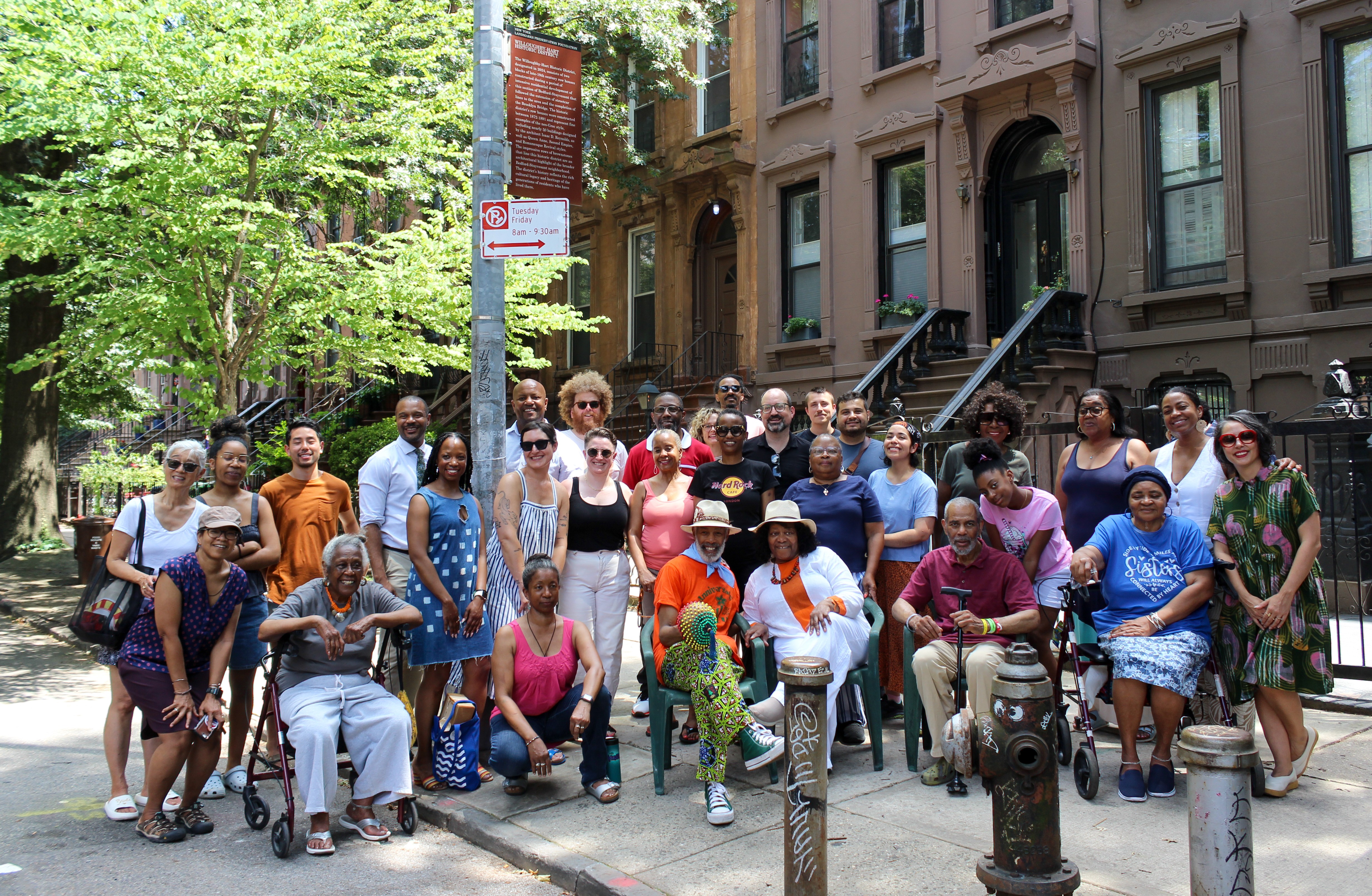Corcoran: Q2 Prices 'Relatively Stable'
Corcoran released its 2nd Quarter Market Report for Brooklyn this morning and the results are more or less in line with Elliman’s findings from yesterday. Here’s the summary excerpt: Compared to a year ago, price metrics remained relatively stable. During Second Quarter 2010, the median price of a Brooklyn apartment sale was $459,000 and an…


Corcoran released its 2nd Quarter Market Report for Brooklyn this morning and the results are more or less in line with Elliman’s findings from yesterday. Here’s the summary excerpt:
Compared to a year ago, price metrics remained relatively stable. During Second Quarter 2010, the median price of a Brooklyn apartment sale was $459,000 and an average $591 per square foot. In the resale market, median price increased 5% while average price per square foot remained relatively level with Second Quarter 2009. New development sales represented 48% of apartment sales this quarter, compared to 37% a year ago. Despite regaining market-share, median price declined 7% while average price per square foot held steady at $602. Single-family townhouses were strong this quarter; median price increased 18% from a year ago. In the multi-family townhouse market, however, median price decreased 6%.
That single-family number is pretty interesting. Plus, if you look at the resale market numbers, everything looks pretty darn rosy: Median prices rose 5% versus Q1 a year ago and 8% versus the first quarter of this year. Another interesting thing we noticed: In what Corcoran calls Zone 2, which includes everything from Dumbo down to Red Hook, condo prices were way up and co-op prices were way down. Anything else jump out at you?





Zone 4 (Park Slope) was the only Zone where multi-family townhouses increased in median price, up 35% and 31% from a quarter and a year ago, respectively.
That’s a big increase, Miss Muffet.
The problem with the brokers’ reports is always that the mix of what’s for sale changes so radically from one quarter to the next, and the sample is so small, that it is hard to make sense of it. Still, to me it looks like the market stabilized in the Spring (confirming what I saw with open houses, listing and selling prices: more people, faster sales, closer to asking.)
In 10 days we’ll get the Case-Shiller report for May; should be interesting.
when you start breaking down by zone and category – # of sales becomes so small that figures lose meaning.
(how many single family sales actually take place in qtr)?
So a couple of low or high price sales will skew stats.
And as you bring up-none of their info gives you any clue as to condition of props sold.
Very interesting to look at Zone 2 and Zone 3 townhouses, and compare 1 Family v. 2-4 Family. 1 Family houses have sold in a much higher range, while 2-4 Family have tanked. It indicates that the wealthiest people are buying the nicest houses (e.g., already renovated and don’t need tenants), but everything else is significantly declining.
I’m always leary of anything Corcoran publishes.
This report looks bullish to me, along with yesterdays report i would say Brooklyn has stabilized .
Hahaha.
tybur – thats what they mean by 1 family. The one family house that was sold.
This is a marketing piece, so I wouldn’t expect them to tell us everything. BUT there seems to be a *very* basic bit of microeconomics omitted from the report — the QUANTITY (i.e., supply).
It’s all well and good to say the prices are stable or have risen slightly or have declined slightly (whatever the particular case may be), but to not mention the size of the inventory (quarter-to-quarter, year-over-year) is a bit misleading.
If the inventory is tiny, then that affects the demand curve! And the demand curve affects the price tag.
If they can say that both inventory/sales volume are the same (ceteris paribus), then this report is quite meaningful. Take that away, and you have a snapshot of what I can imagine is a VERY niche market of (relatively) small volume.